Child psychologist Eleanor Mackey, PhD, provides parents with tips for homeschooling while schools are closed due to the coronavirus outbreak.
As we face our new reality as a result of COVID-19 social distancing, we as parents are finding ourselves in the difficult situation of being remote employees or going into work that requires our physical presence, being full time parents, and now acting as teachers. Because this happened seemingly overnight, many parents (myself included) are struggling to adjust to these new expectations and roles.
One question that I myself am asking as the parent of a 2nd and 5th grader is how to help kids stay on top of school and learning while we are at home. Research shows that a break in school work can cause a decline in academic performance, and that structure and routine are important for child mental health. Therefore, it really is in your children’s best interest to treat this time at home as school time. Maintaining learning and routine is important, so it is worth the effort. So, how do we juggle it? How do we homeschool while working and maintaining our own sanity? There may be a few ways to ease the pain and help keep your kids engaged and learning.
1. Make a plan!
This can be a weekly plan or even a daily plan. Importantly, have your kids help you create the plan. This is a great way to teach them how to organize their work and break it up into manageable chunks. And, if they have a say in what they do and when they do it, they will also be more invested in doing the work. Map out what work needs to be done each day and about when in the day you want to do it.
As you are making the plan, think about what might work best. If you are like me and have multiple children but limited computers, plan for one to be doing computer work while the other does reading or a paper worksheet.
Also, consider alternating when kids are doing work that they will need the most help with. Having everyone work on their hardest subject at once will spread parents too thin. For example, if math is tough for your kids, have one kid work on math while the other is doing a subject that can be done more independently.
Don’t forget to plan in breaks! Make sure kids have down time, breaks for lunch, and a change of scenery, even if it means moving from the kitchen to the living room.
2. Have motivators!
We all work better if we are working for something fun. Plan challenges and rewards. For example, if we all focus and get through our to-do list, we get to do a fun family activity or your child can pick what’s for dinner. Make it fun if possible.
3. Don’t forget health and wellness!
So many kids who are usually active at recess, in sports teams or playing with friends are going to get a lot less physical activity and may be tempted to graze throughout the day. Keep structured sleep, meals and snacks. Make sure to plan in physical activity too! There are tons of good kid exercise or dance videos on YouTube or other streaming services.
Between chunks of school work, turn on an exercise or dance video or have a dance party. You’ll be amazed at how everyone’s mood lifts and stress drops. Consider also having breaks for meditation or deep breathing. It will help you manage as well.
None of this will be easy. It’s an adjustment for everyone. Be patient with yourself and your children and practice as much self-care as you can. Remember, we are all in this together, it is temporary and we will learn through this how to be resilient and adaptable and grow a lot stronger.
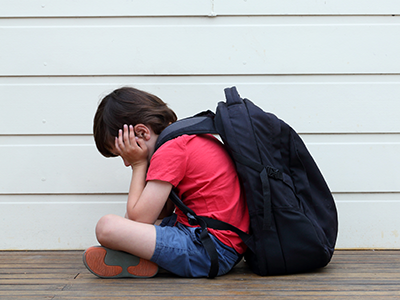 https://riseandshine.childrensnational.org/wp-content/uploads/2021/08/sad-boy-with-backpack-feature.png
300
400
Rise and Shine
https://riseandshine.childrensnational.org/wp-content/uploads/2017/11/childrens_riseandshine_logo.jpg
Rise and Shine2021-08-25 14:31:312025-05-07 09:38:39Addressing school-related anxiety in children
https://riseandshine.childrensnational.org/wp-content/uploads/2021/08/sad-boy-with-backpack-feature.png
300
400
Rise and Shine
https://riseandshine.childrensnational.org/wp-content/uploads/2017/11/childrens_riseandshine_logo.jpg
Rise and Shine2021-08-25 14:31:312025-05-07 09:38:39Addressing school-related anxiety in children




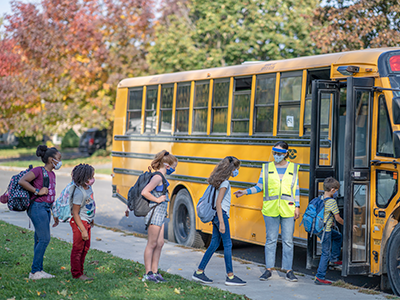
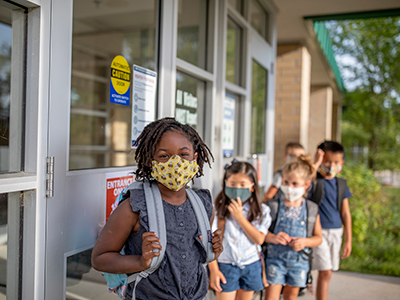
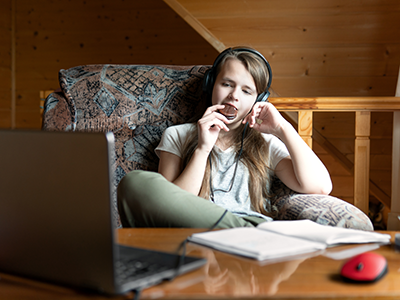

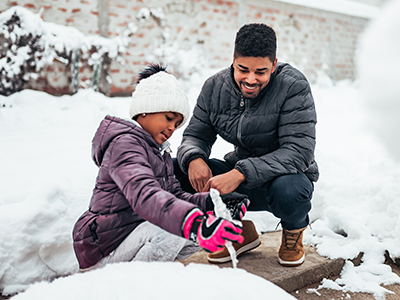
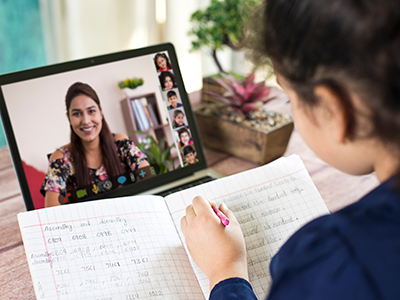

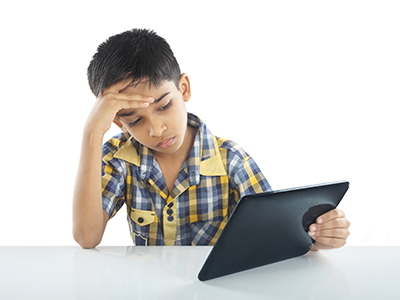
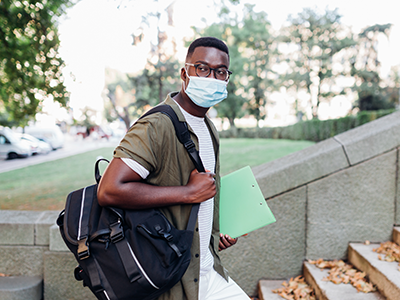
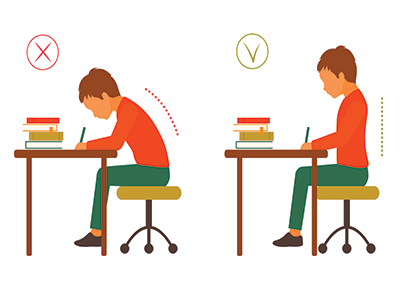


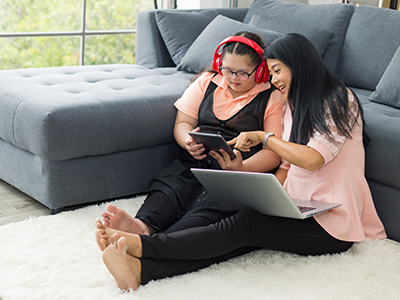
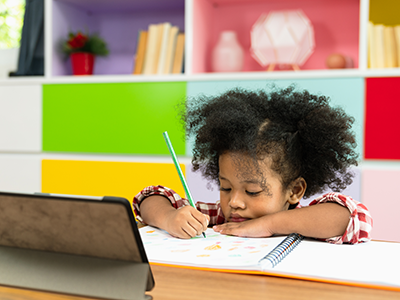

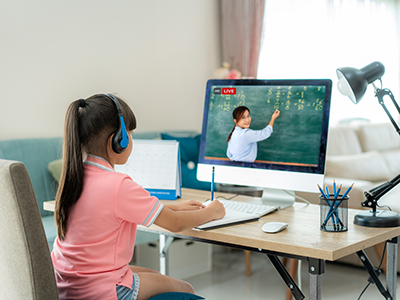
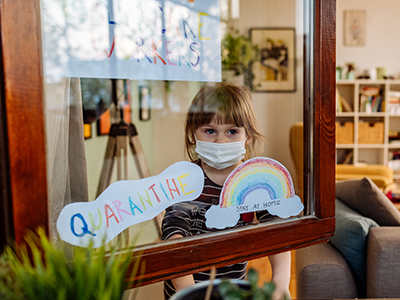
Great read!! Thanks for sharing such a great blog.
I have been homeschooling my children and these tips have always helped us.